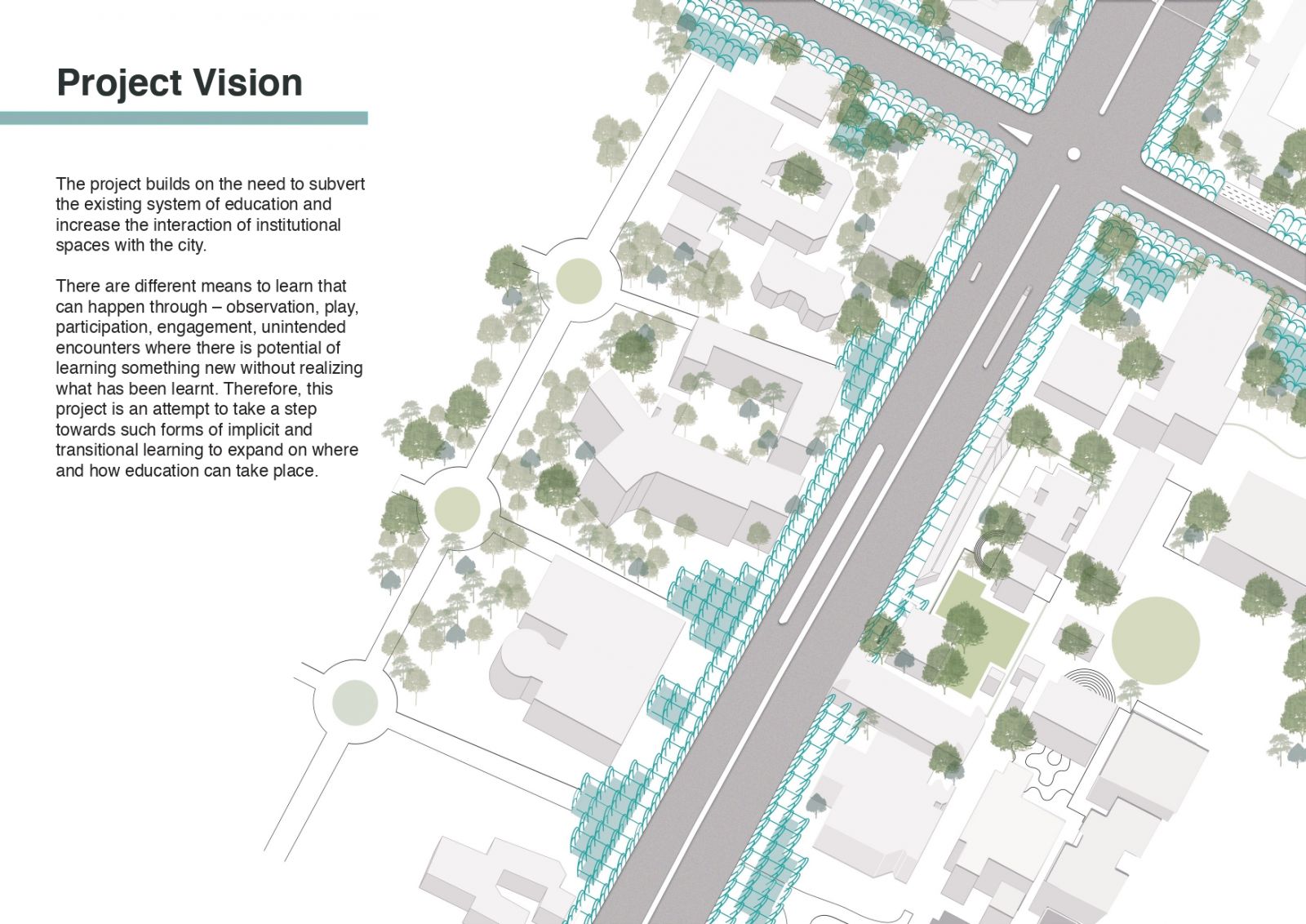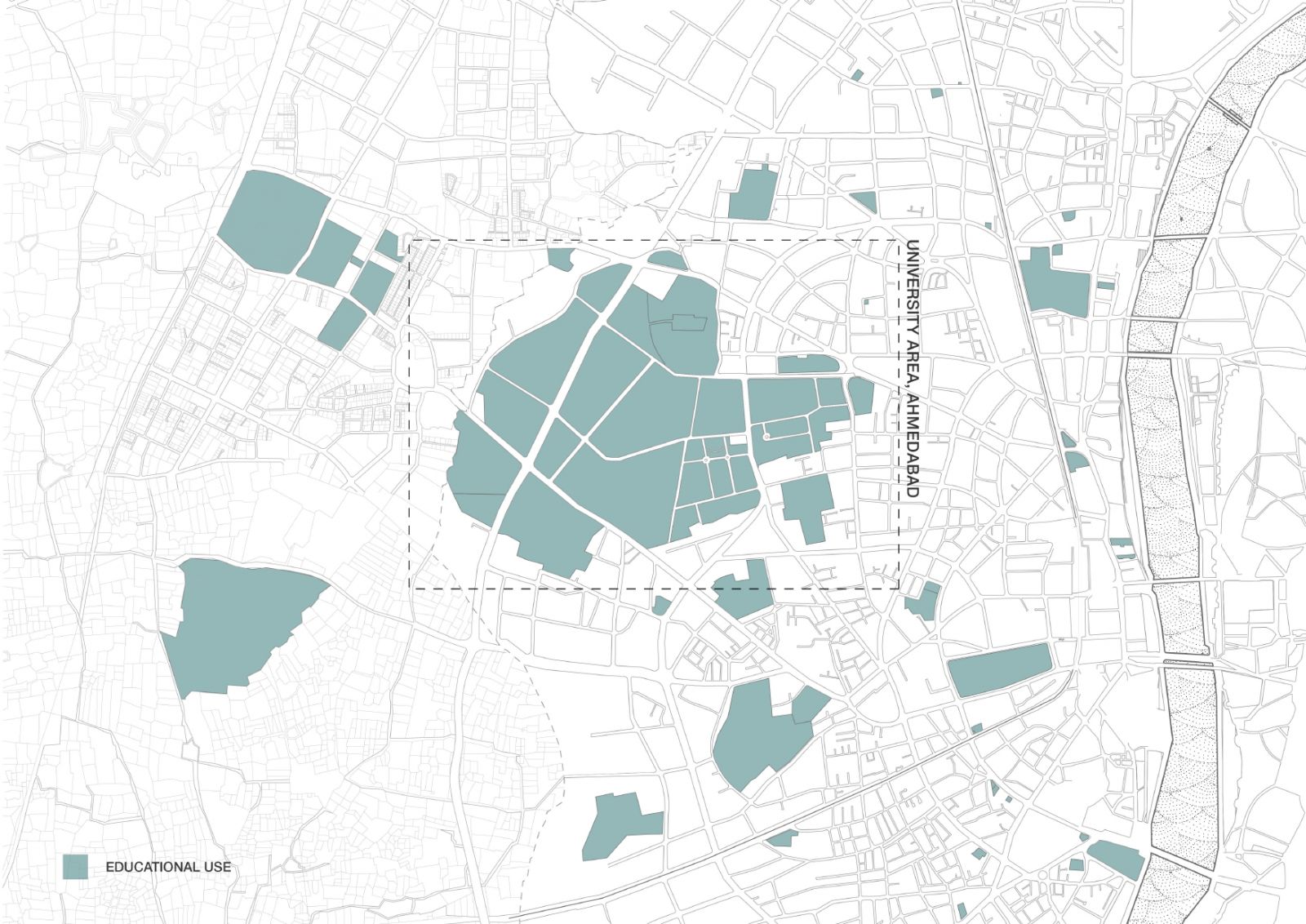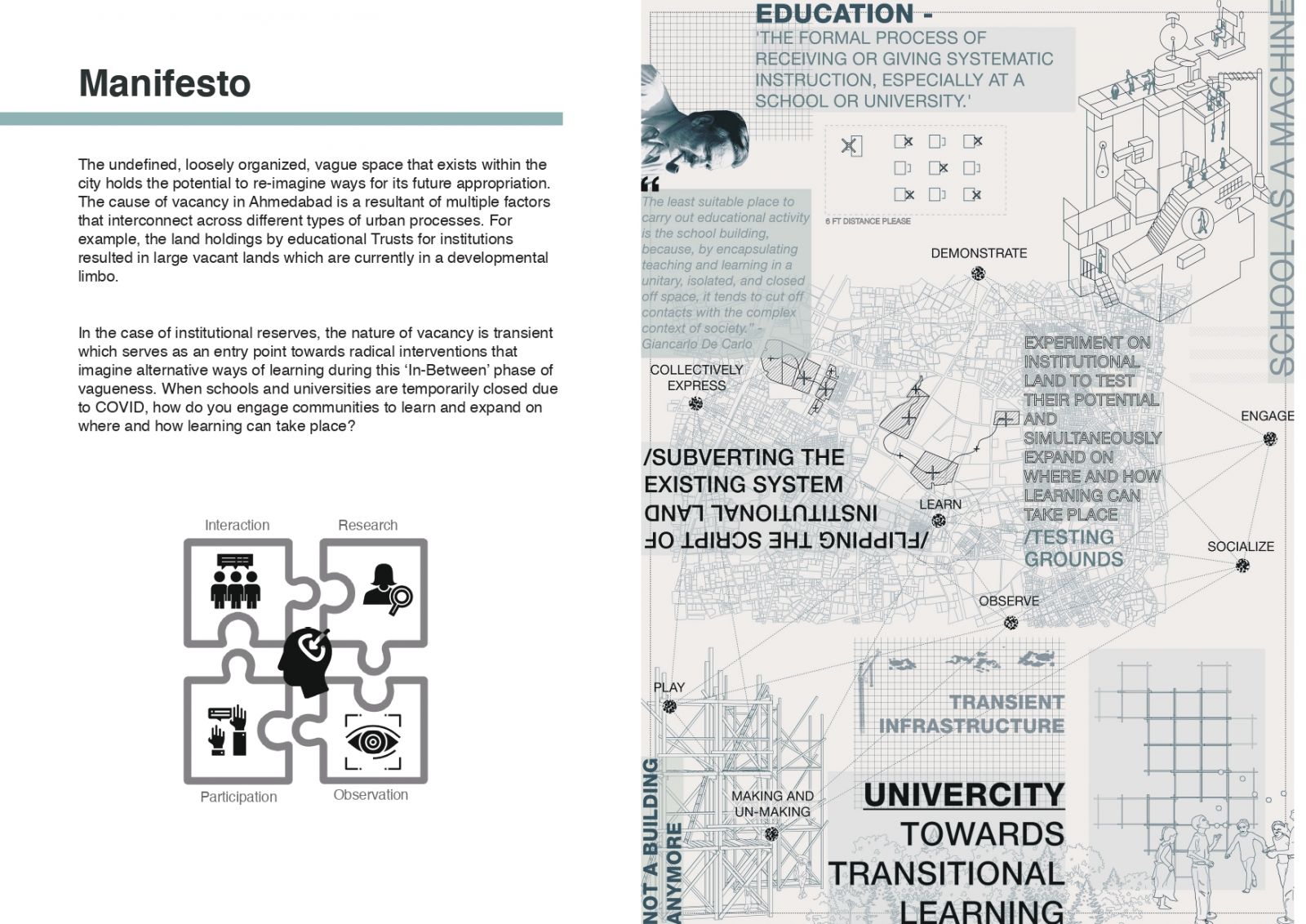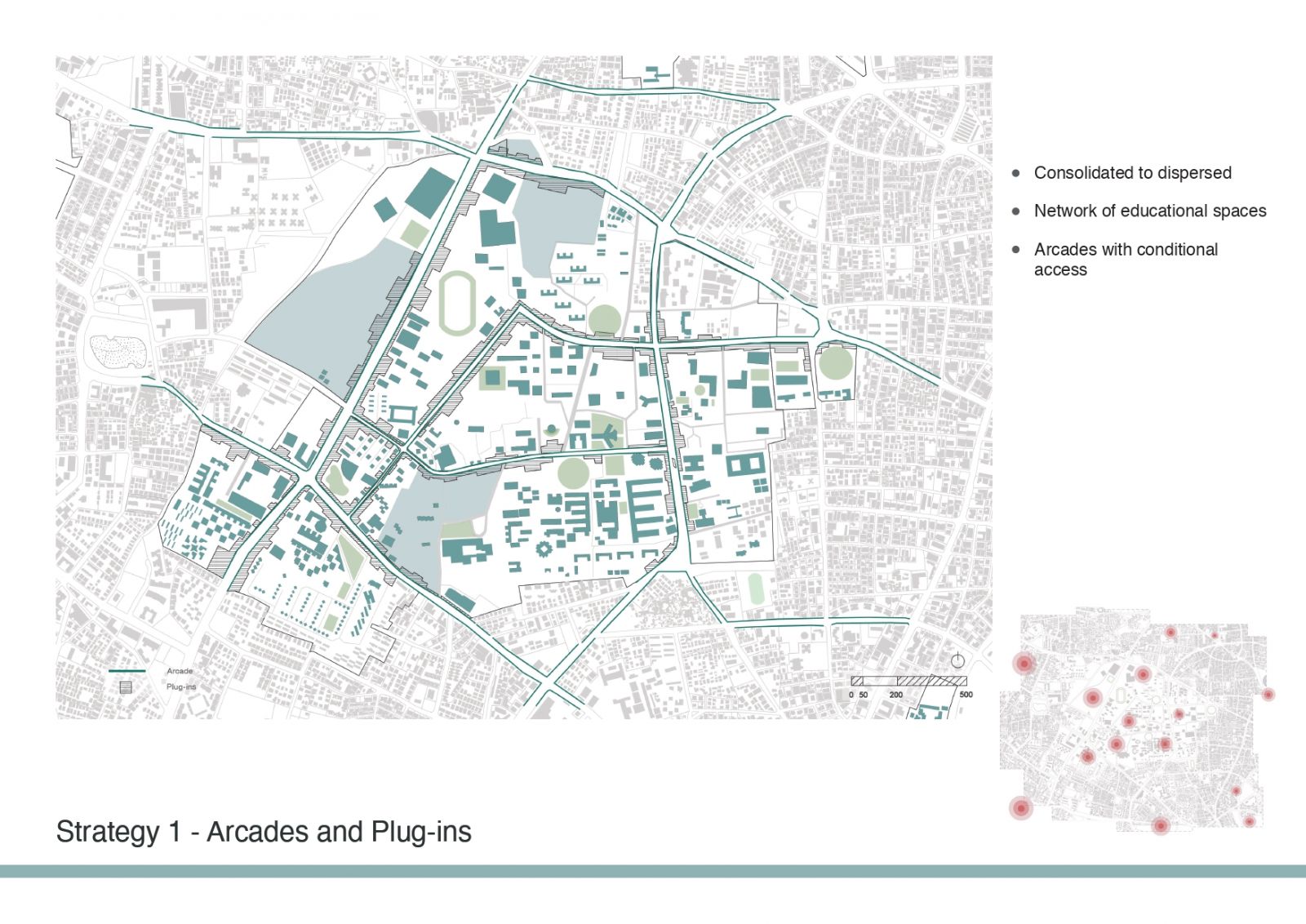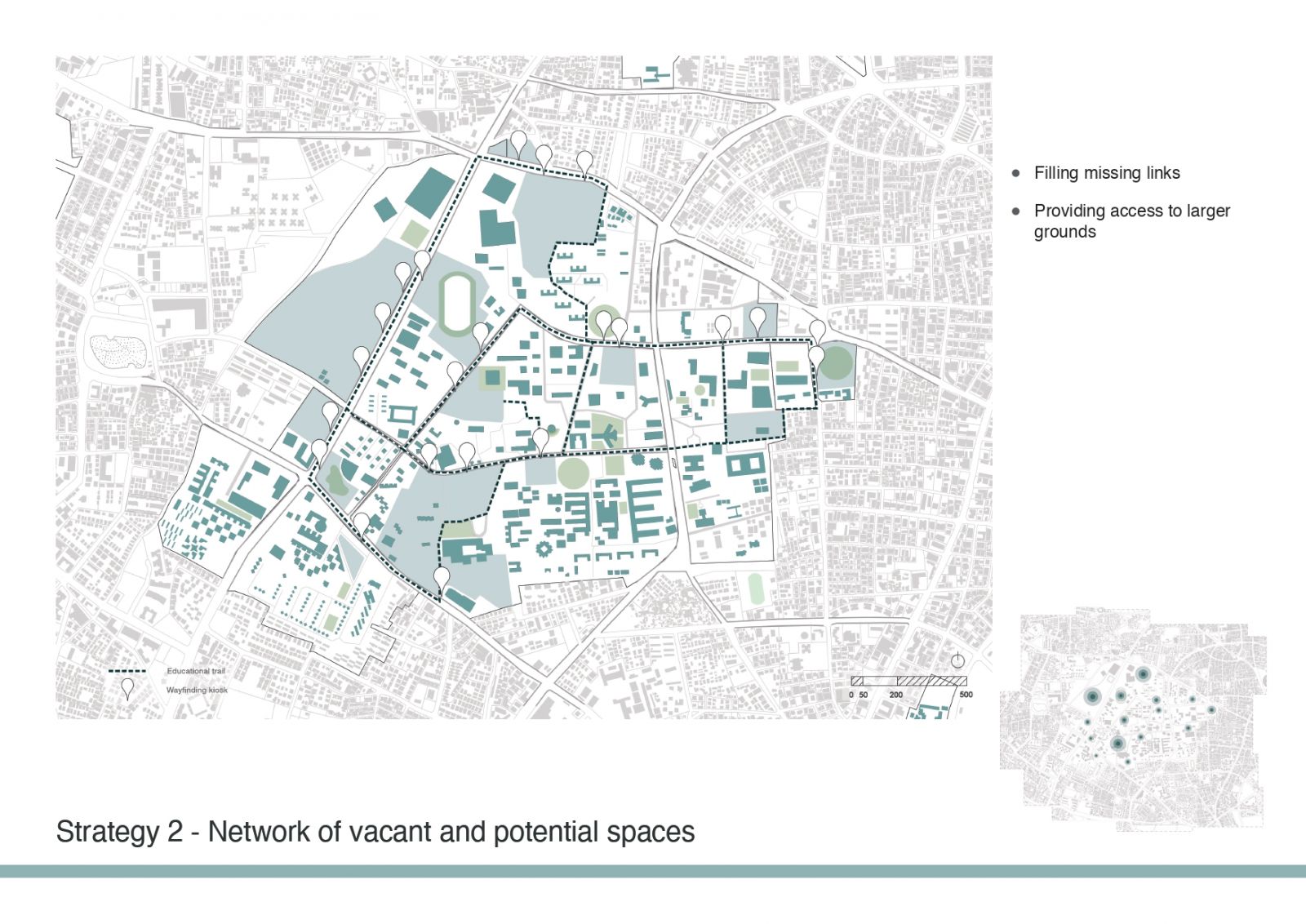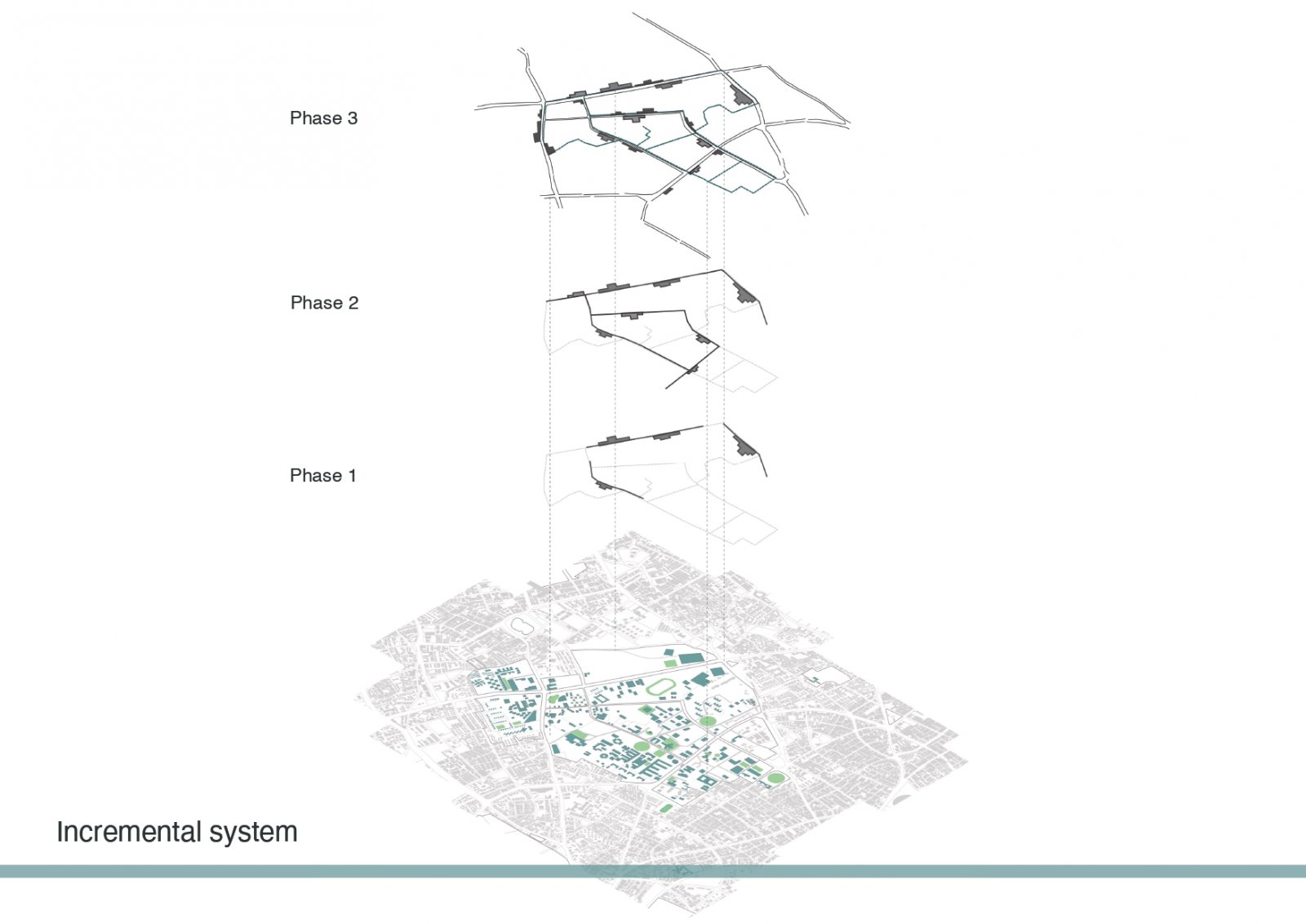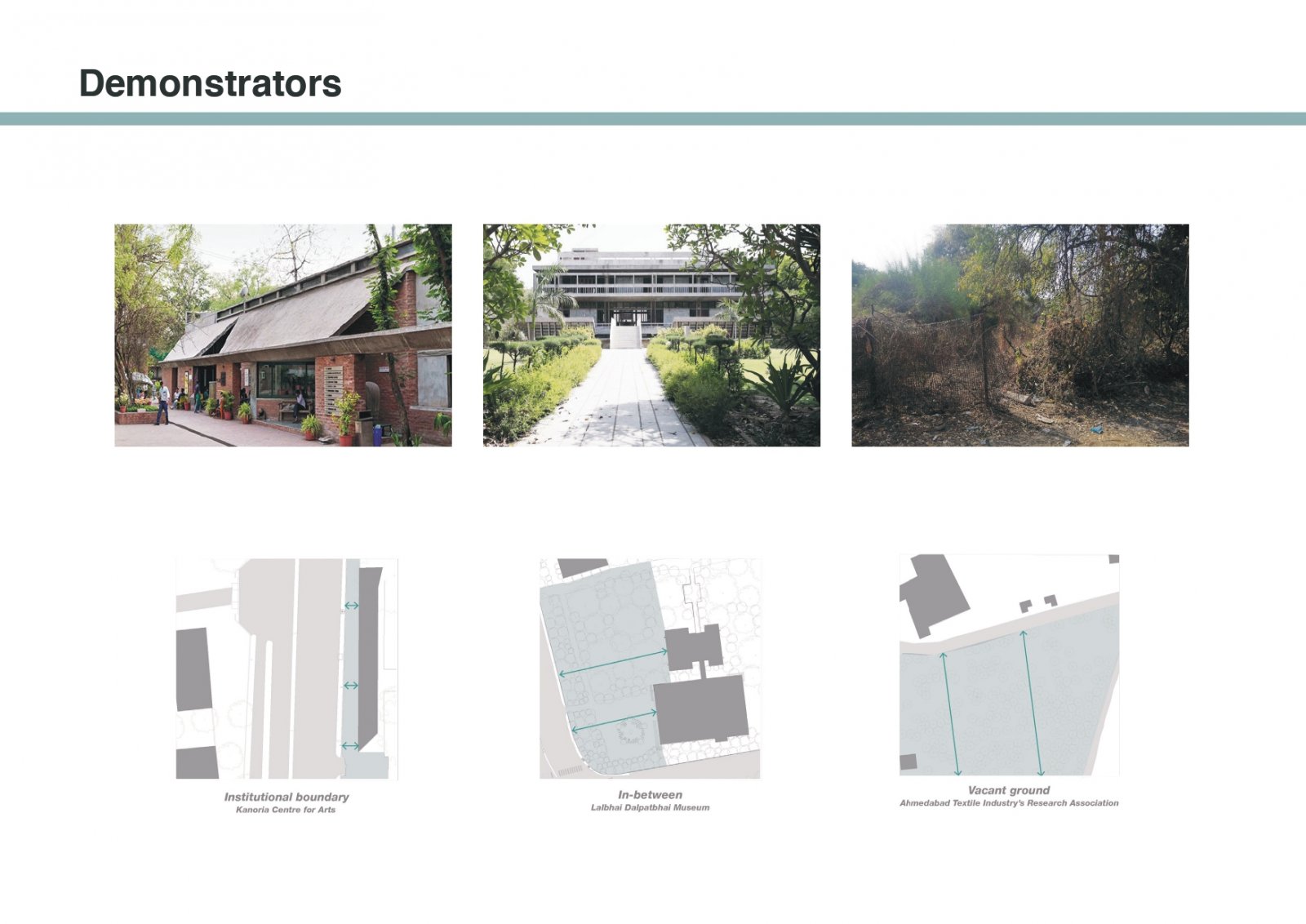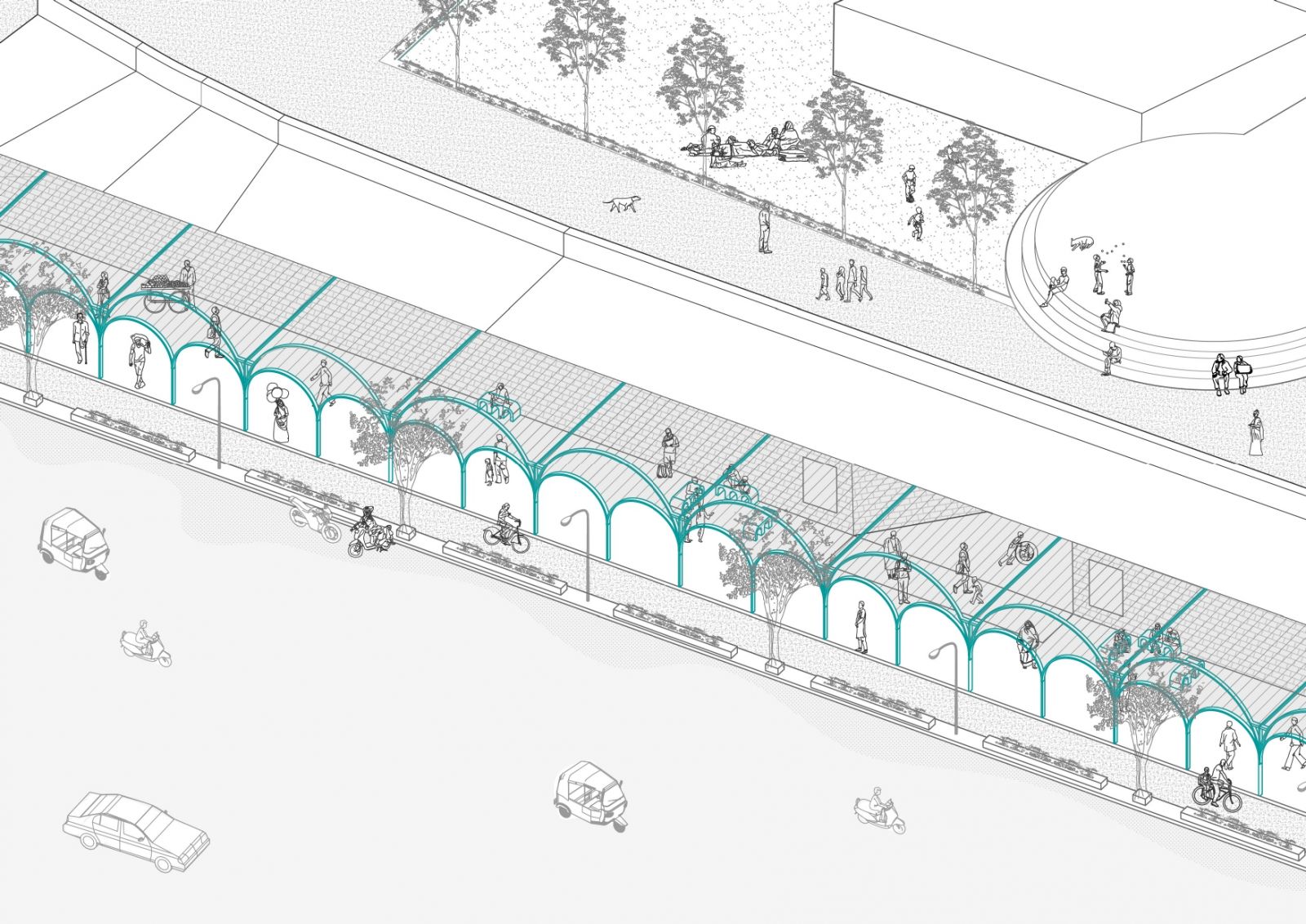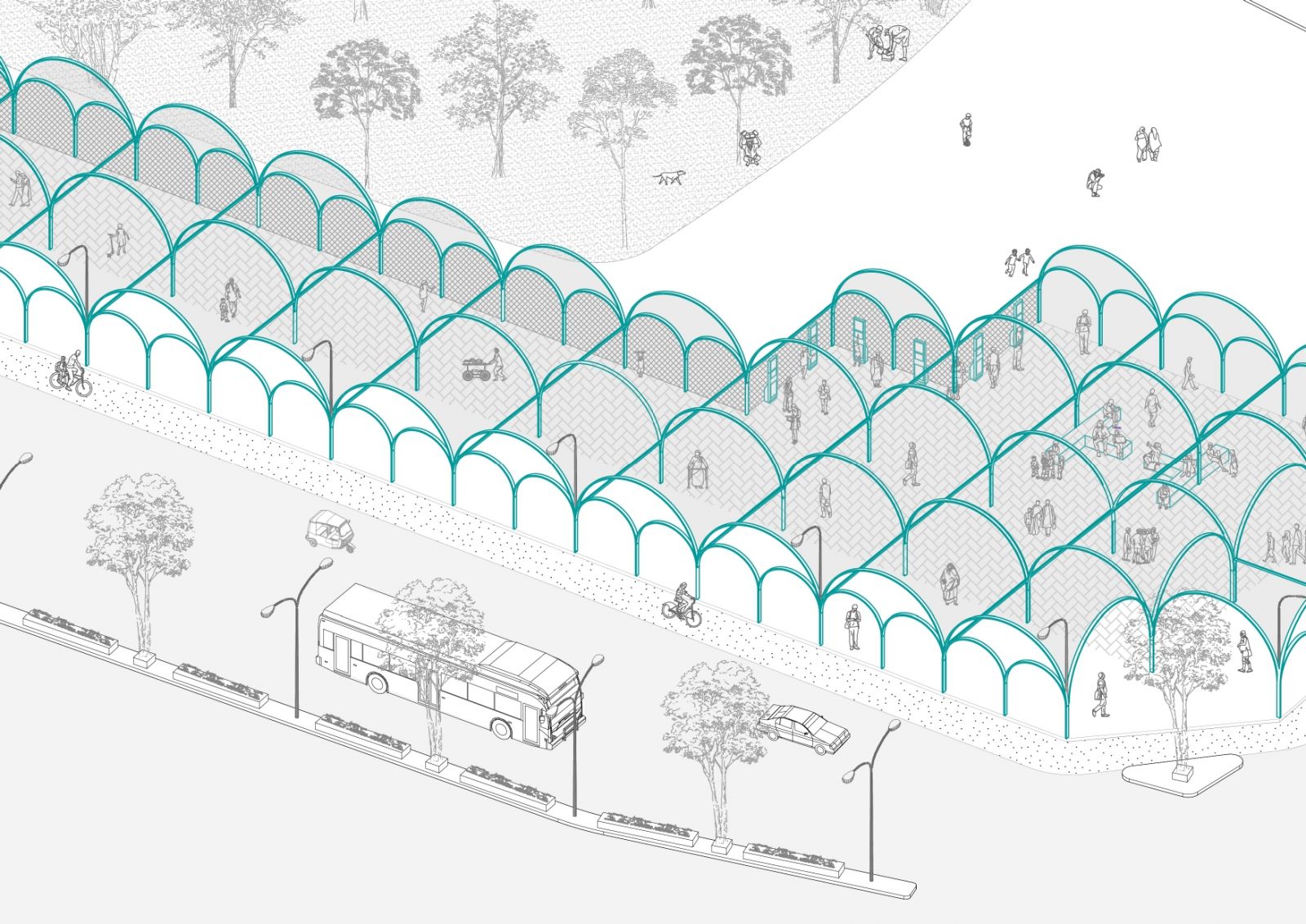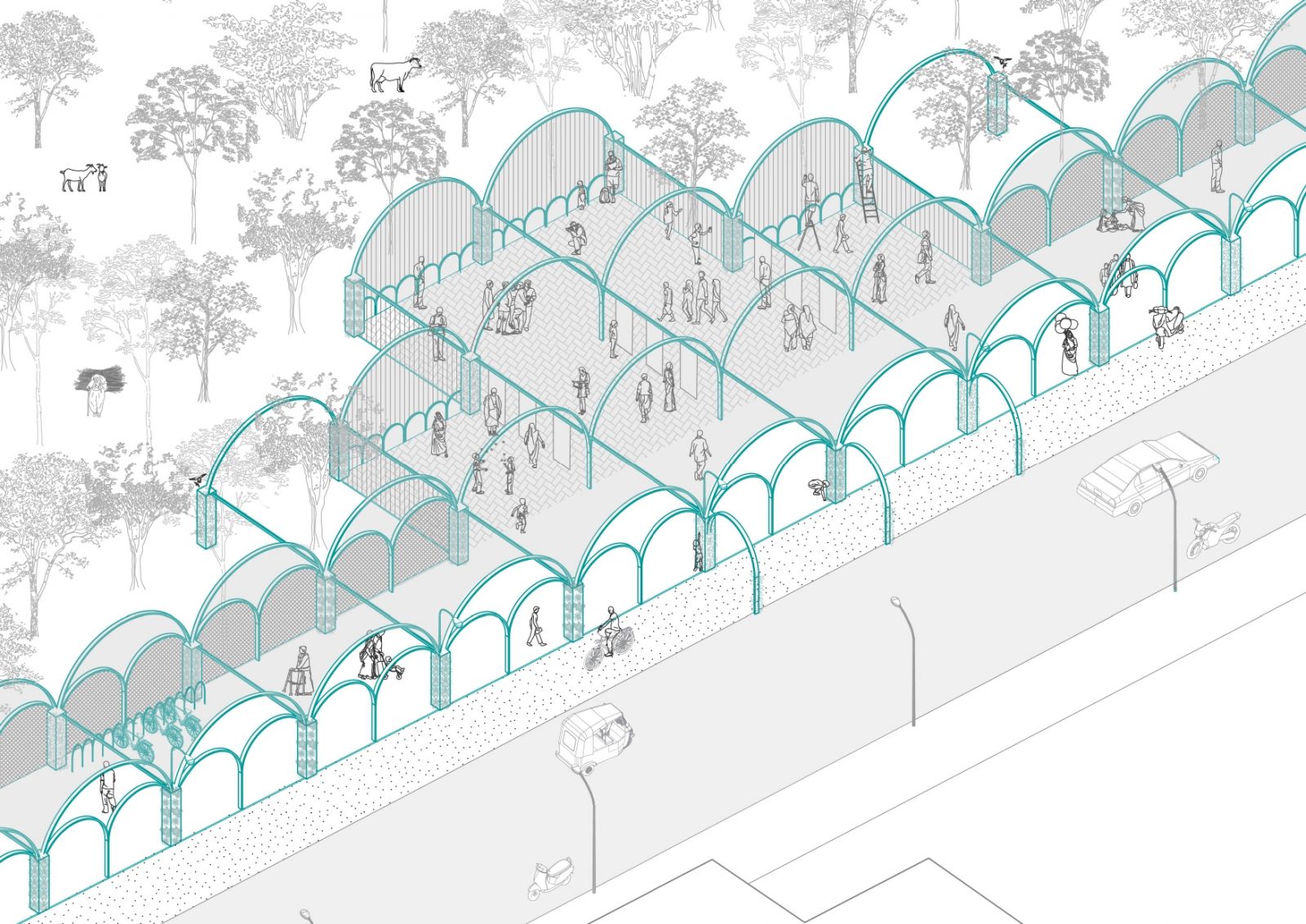Your browser is out-of-date!
For a richer surfing experience on our website, please update your browser. Update my browser now!
For a richer surfing experience on our website, please update your browser. Update my browser now!
The project builds on the need to subvert the existing system of education and increase the interaction of institutional spaces with the city. There are different means to learn that can happen through – observation, play, participation, engagement, unintended encounters where there is potential of learning something new without realizing what has been learnt. Therefore, this project is an attempt to take a step towards such forms of implicit and transitional learning to expand where and how education can take place.
View Additional Work